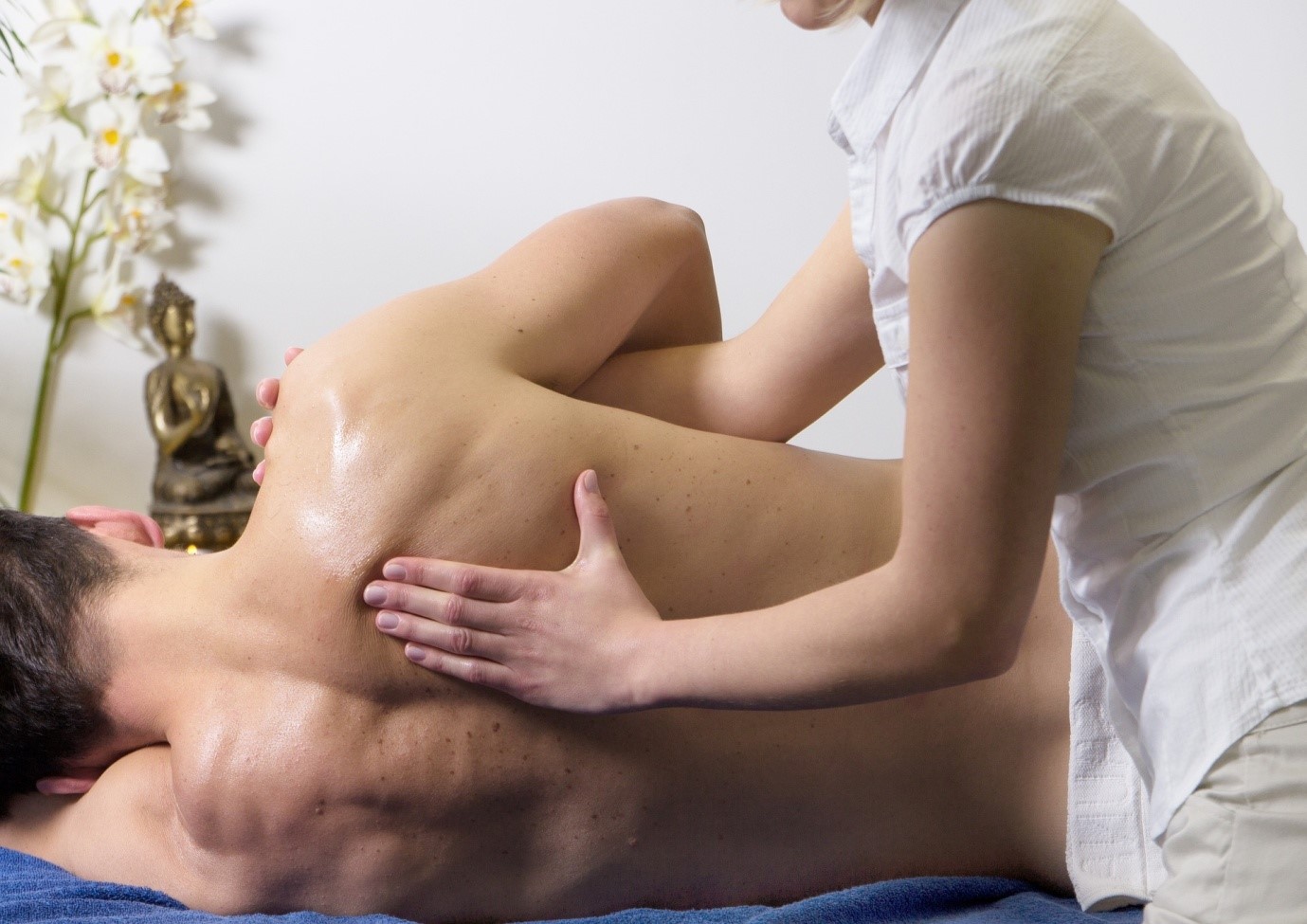
How physiotherapists diagnose and treat shoulder fractures
The shoulder is a complex joint, one that physiotherapists and other medical professionals have spent decades studying and getting diagnoses and treatment down to a fine art. One of the common afflictions of the shoulder joint is a break (fracture) of the surrounding bone that can cause a lot of pain and restriction of movement.
Musculoskeletal physiotherapists and sports specialist physiotherapists are experts in the anatomy of the shoulder joint and treating shoulder fractures no matter how they have occurred.
Anatomy of the shoulder joint
The shoulder joint forms where three bones come together: the arm bone (the humerus), the collarbone (the clavicle) and the shoulder blade (the scapula). The glenoid is a ball-like shaped object that then connects with the socket of the scapula at the upper end of the humerus. When an individual sustains a shoulder fracture, one of these bones will be injured and any disruption to any of these parts of the shoulder is likely to have a negative effect on its function.
Common types of shoulder fractures
Shoulder fractures can happen to anyone, but most likely occur in sporty types and those over the age of 50. Things like falling down the stairs or spiking a volleyball above your head and falling on an outstretched arm are common causes of proximal fractures. There are a number of different ways these bones can fracture and part of the difficulty for physiotherapists and doctors is to correctly identify the type of fracture to best treat it.
- Proximal Humerus Fractures
Proximal fractures occur in the upper humerus, with some requiring surgery to fix the bone, but a high percentage of these injuries can be treated without surgery. There are important tendons for shoulder function called the ‘rotator cuff tendons’ that attach to this area of the bone. If the break heals in a poor position, there could be a significant loss of function or movement in the shoulder. This is why surgery may be recommended in some cases, but physiotherapy and a course of exercises are usually enough to get 50-65% of patients back on track.[1]
- Clavicle Fractures
Clavicle fractures are the most common type of shoulder fracture; occurring in a broad range of ages from children to elderly and popping up in a variety of ways. Most clavicle fractures are treated with rest and the use of a sling, but more complex fractures may need surgical treatment. [2]
- Scapular Fractures
The scapular is the shoulder blade; the thin, wide bone that continues to form the socket with the glenoid. The scapular controls around two-thirds of the movement of the shoulder and is critical for proper shoulder function. It’s also really painful when damaged.
What are the symptoms of a broken (fractured) shoulder?
- Shoulder Pain
- Swelling
- Tenderness
- Deformity or a “bump” at the site of the fracture
- Bruising around the upper arm, even down to the elbow
- Inability to normally move the arm without pain
How are shoulder fractures diagnosed by physiotherapists?
Because every shoulder fracture is different and will require personalised treatment, your physio will take you through a thorough subjective and objective examination and ask you a number of questions about how the injury occurred. An X-ray will also be required to confirm the diagnosis and should always be taken if a fracture is suspected.
How is a fractured shoulder treated?
After the specifics of your fractured shoulder have been diagnosed by an X-ray, your arm will most likely be supported by a collar and cuff sling. A collar and cuff sling allows the weight of your arm to pull the humerus downwards, helping the broken bones to heal in the correct position.
When a shoulder has been fractured, the resulting problems with pain, weakness and instability can cause the muscles around the shoulder to change. These changes can be detrimental to your shoulder’s strength, flexibility and the internal control of the shoulder. These changes need to be addressed with a specific exercise program and you can’t put it off! Your physio will then design a specific exercise plan you will be asked to undertake.
Manual therapy from your physio such as massage therapy, myofascial release techniques, dry needling, joint mobilisation, stretches, and extracorporeal shockwave therapy can assist with hastening healing and improving range of movement, pain and function. This can generally commence once the orthopaedic specialist and physiotherapist have indicated it is safe to do so.
Top Tip — Maintain your Hand & Wrist Mobility
It is important to keep using your hand and wrist; you can be lengthening your recovery time by neglecting them. Simple exercises help avoid mobility and strength issues during recovery. A stress-ball and shoulder shrugs for shoulder strength could also suit you.
What to expect after a fractured shoulder
It is normal for you to experience stiffness that can persist for several weeks/months. It is common for patients to feel weak after the collar and cuff / sling are removed that appropriate exercises and general use of your arm will improve over time.
It is important to remember that all these things are normal after a fracture.
It is also important to remember that you have had a fracture and that your arm will not return to normal immediately. Provided that you exercise and use the arm as much as possible it will improve with time and patience and the staff at Lane Cove Physio are here to make your recovery as smooth as possible.
[1] Schumaier A, Grawe B. Proximal Humerus Fractures: Evaluation and Management in the Elderly Patient. Geriatr Orthop Surg Rehabil. 2018;9:2151458517750516. Published 2018 Jan 25. doi:10.1177/2151458517750516
[2] Franco Postacchini, Stefano Gumina, Pierfrancesco De Santis, Francesco Albo, Epidemiology of clavicle fractures, Journal of Shoulder and Elbow Surgery, Volume 11, Issue 5, 2002, Pages 452-456,



